Galvanized piping has its place amongst various residential home and industrial building applications. And while it is very durable and long-lasting, it may become rusted at some point. What causes this? And how can you prevent it? We have researched the answers to these questions, and in this post, we will go over them.
Here are two methods to prevent galvanized pipes from rusting:
- Baking soda
- Oxalic acid-based solutions
Whether you have galvanized pipes in your plumbing or around the interior of your modern home, rusting can be unsightly and potentially cause issues with the pipes. There are quite a few ways to prevent the pipes from rusting and a couple of proven ways to remove the rust if it's already formed. Continue reading to learn more about the materials and tools you can use on these pipes to restore them.
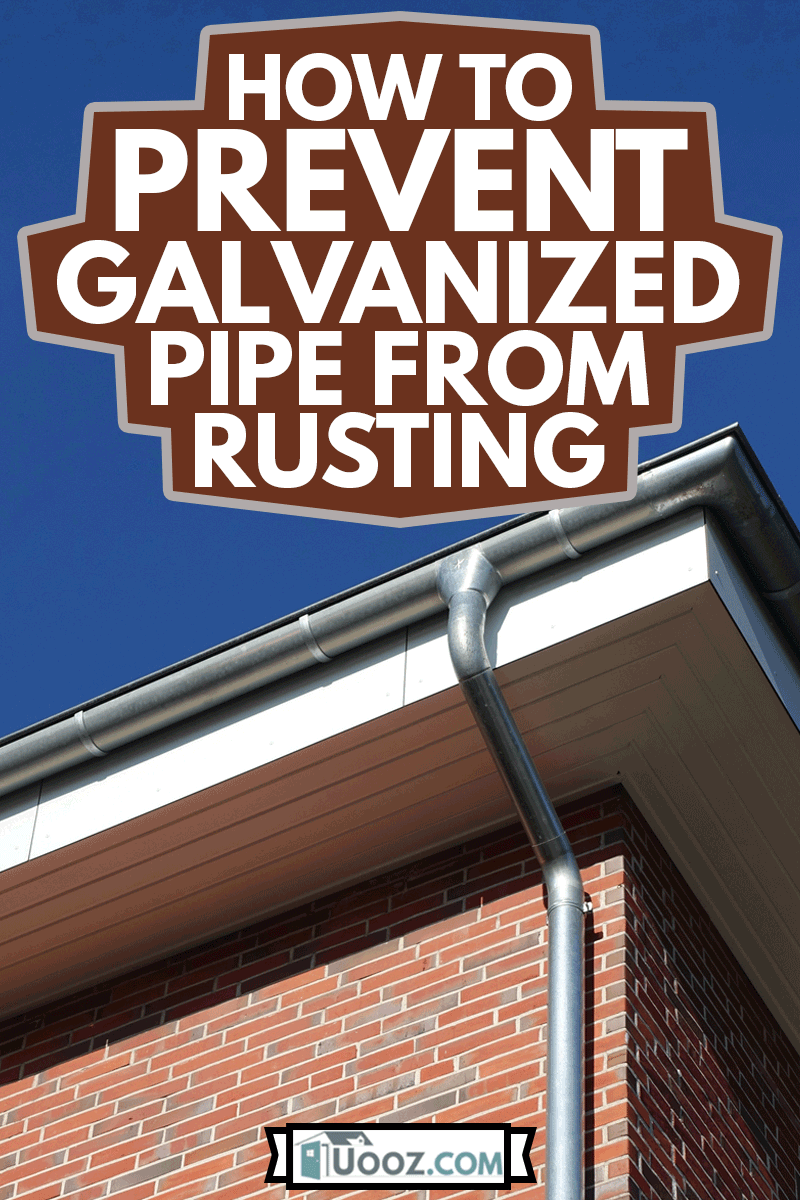
Methods To Prevent Galvanized Pipe From Rusting
Homes built before the 1960s tend to have galvanized pipes instead of PVC pipes. Galvanized pipes are typically coated in zinc to prevent corrosion and rust on their surface.
However, they can rust if they're constantly exposed to humidity, water, or obtain surface scratches. Either of the methods below can rid the pipes of rust.
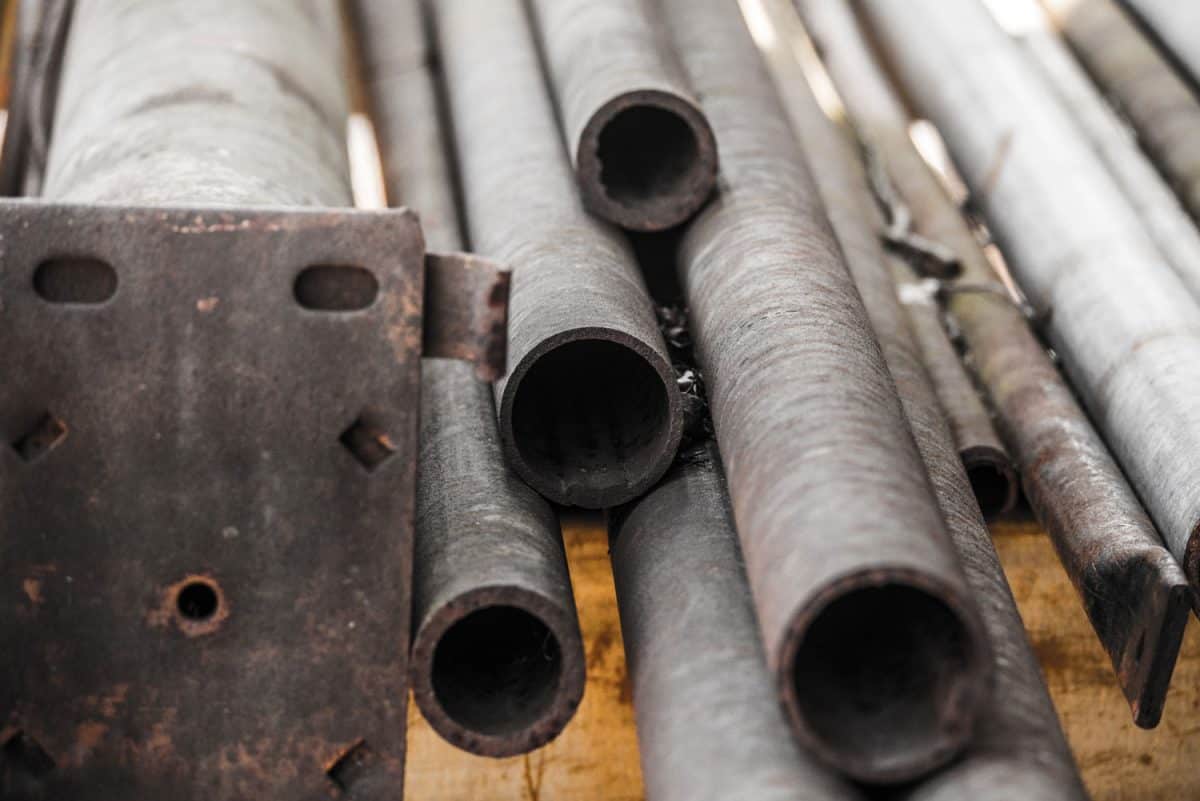
How to Use Baking Soda on Galvanized Pipe
Things that you'll need:
- Soft bristle brush
- Large or small bowl (depending on the size of the treatment area)
- Baking soda
- Soft cloth
- Water
- Paper towels
1. Mix the ingredients
Start by mixing two cups of water with a single tablespoon of baking soda. If you have larger areas of rust on the pipes or a large number of pipes to treat, you may need to double or triple these amounts.
Mix the water and baking soda until it forms a paste-like consistency. Keep in mind that you'll want to act fast, as you don't want the mixture to dry and set while it's in the mixing bowl.
2. Apply the paste
Next, take your cloth and rub the paste onto the galvanized steel going in the direction of the grain. Continue to apply the paste until you've covered all of the affected areas.
If the base begins to dry out, add more water to it and remix it as needed. You can also re-wet the paste by adding more water. Rub the paste into the area for anywhere from 5 to 10 minutes until you notice the rust stains starting to fade.
Check out this microfiber cloth on Amazon.
3. Rinse the area
If you notice that rust stains take longer to remove, consider letting the mixture sit on the treated area for about 20 to 30 minutes. Afterward, remove the paste using a wet cloth or sponge and rinse it off with cool water.
Read more details about this cleaning sponge on Amazon.
4. Dry the treatment area
Next, give the pipes a good once over to ensure all of the rust is removed. If it is, take a dry towel or dry cleaning cloth and pat the pipes dry.
How to Use Oxalic acid-based cleaners on Galvanized Pipe
Oxalic acid is also a very effective option when it comes to removing rust stains from galvanized pipes. If the baking soda method is not working, or the rust stains are too old, oxalic acid might just do the trick!
Be careful when using cleaners that contain oxalic acid (or when using it alone), as they can irritate your skin.
Things you'll need:
- Oxalic acid or a cleaner that contains it as the main ingredient
- Soft sponge or cloth
1. Apply the acid to the pipe
Apply a generous amount of oxalic acid or cleaner onto the treatment area. If you purchase the acid alone, follow the instructions for the recommended application time. Be sure to wear gloves to avoid making direct skin contact with the acid.
After applying the acid or cleaner, rub it in the direction of the metal's grain. You can use a damp sponge, soft-bristled brush, or microfiber cloth for this method as well.
If using a brush, be sure not to brush too hard, as you don't want to scratch the surface of the metal during the process.
Find this soft bristle brush on Amazon.
2. Rinse and dry the treatment area
After removing all rust from the surface, rinse the area with cold water and then pat it dry using a paper towel or dry washcloths.
Materials NOT to Use on Galvanized Surfaces
When removing rust from galvanized pipes, there are a few tools and cleaning products that you want to stay away from. Here is a list of the main ones to avoid:
- Steel brushes
- Cleaning products that contain iodine, bromine, chlorine, or fluorine
- Any abrasive scrubbing pad that contains metal or steel wool
- Hard-bristle brushes that can scratch the galvanized piping, creating more opportunities for rust to develop
Why is my galvanized pipe rusting?
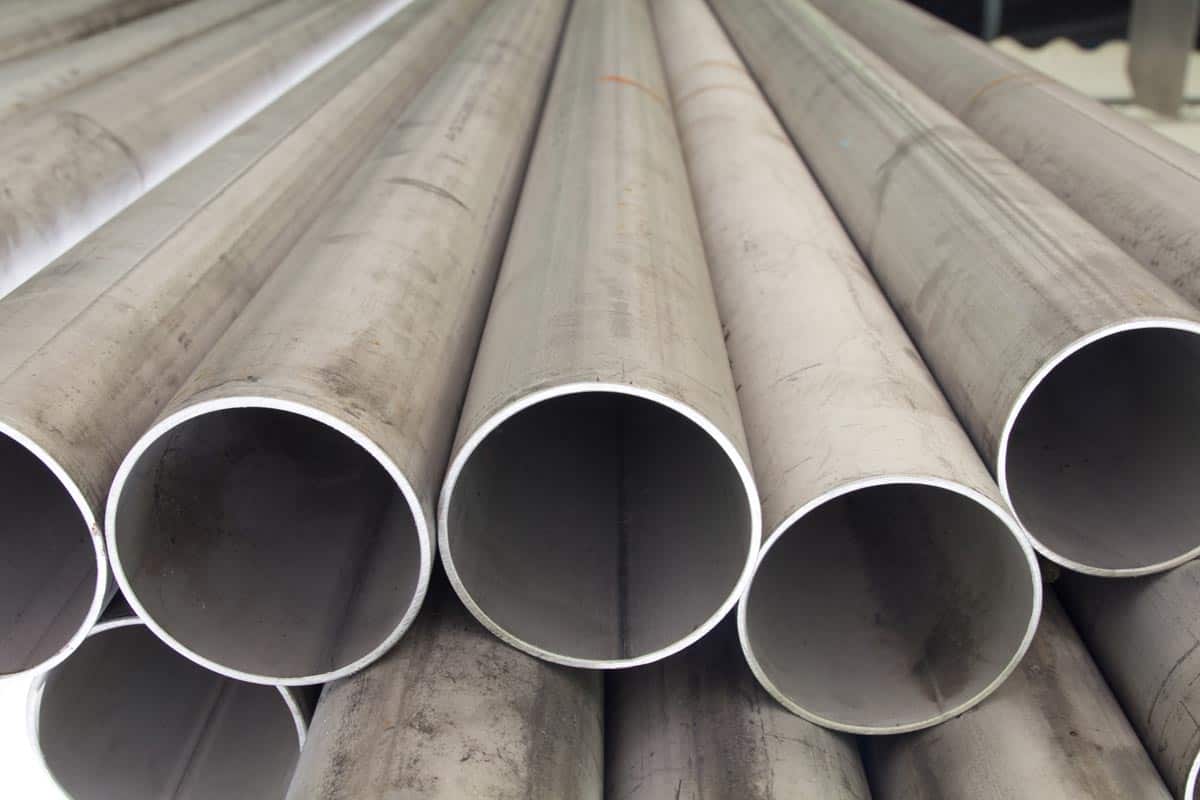
Galvanized piping will usually rust due to exposure to humidity, water, and oxygen. You'll typically notice this after anywhere from 10 to 15 years, depending on the environment in which they're located.
This is why they're generally not used as much in plumbing applications today.
How do you remove rust from a galvanized pipe?
There are a couple of different ways to remove rust from galvanized pipes. The cheapest and most common method is to apply a mixture of baking soda and water to the affected area and then wipe the rust stains away.
You can also use oxalic acid to help break down the rust on the pipes. The latter method is best for larger or older rust stains that may prove difficult to remove with baking soda alone.
How do you keep galvanized steel from rusting?
Keeping galvanized steel from rusting can be worth the effort if you have large areas of pipes in your home or don't want to have to replace them. Let's look at the most popular methods to do it.
Keep the steel clean and dry
It's worth noting that water is the number one enemy when it comes to galvanized pipes. This is usually the most common reason why they'll develop rust stains. The combination of water and oxygen causes the metal molecules to form iron oxide.
This is why you'll notice that objects such as tools, cars, or bikes, or more likely to rust outdoors than when they're indoors. So, if you want to protect your galvanized steel, be sure to keep it in a dry environment.
Try to prevent surface scratches
Once the outer layer of the galvanized pipe becomes scratched, the metal beneath the zinc layer becomes exposed to water and air, making it more susceptible to rust.
Avoid situations where the pipe is likely to become scratched by simply covering the pipe with foam or other resilient materials.
Apply layers of protective coating
If you don't mind using a more involved method, you can also dip your galvanized metals into a bluing solution to protect them from rust.
These solutions usually contain potassium nitrate and sodium hydroxide, which provide very strong corrosion resistance. You can also find commercial solutions that offer the same benefits and forms as an aerosol spray or liquid lacquers.
Find this bluing solution on Amazon.
How do you maintain galvanized pipes?
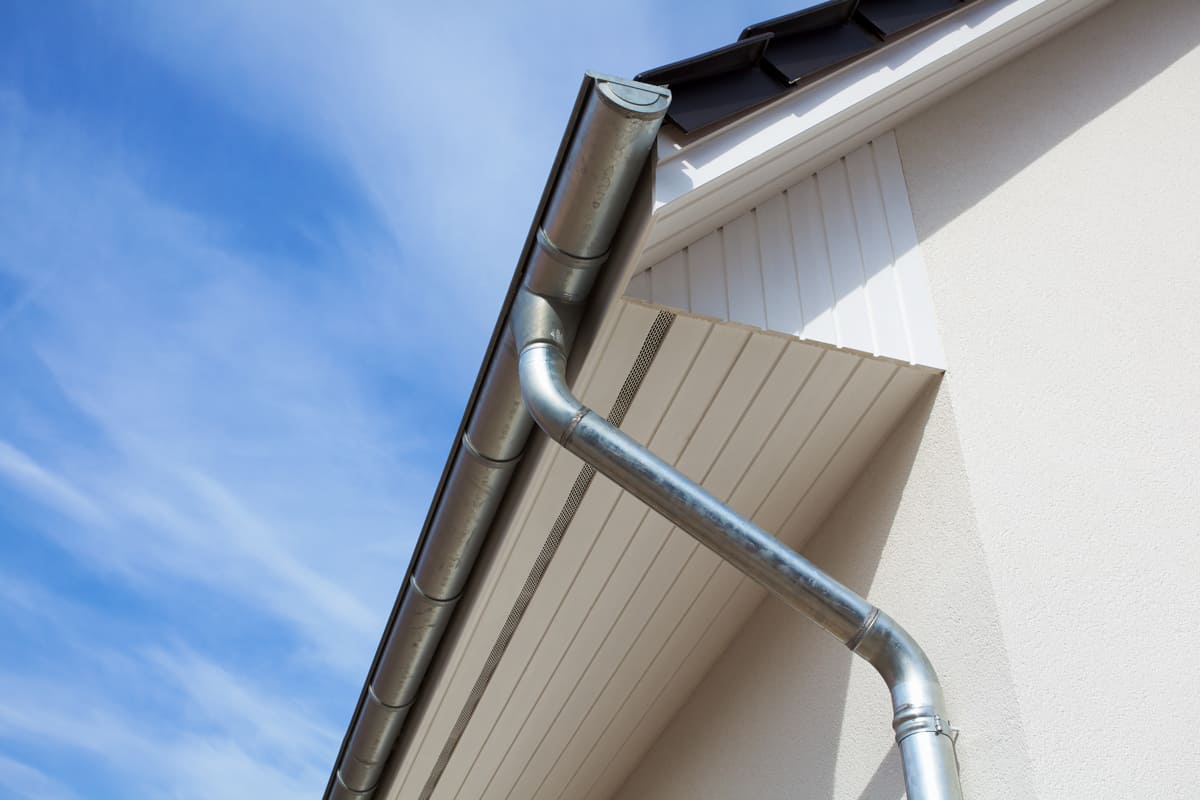
Cleaning your galvanized pipes is a good way to maintain them. You can do this by using diluted vinegar or a mixture of baking soda and water. After cleaning the pipes, be sure to rinse off any cleaning solution and then dry them thoroughly to avoid rust.
You'll also want to avoid using steel wool or other abrasive tools to scrub the pipe. Lastly, be sure to properly insulate pipes exposed to weather conditions such as cold, water, or humidity, which may cause them to rust.
To do this, you can cover the pipes with foam, lacquer, or use bluing solutions to improve their corrosion resistance.
Also, if your pipes are leaking, always treat these areas as soon as possible. Small leaks can turn into big leaks before you know it. There are several ways to fix the leaks, including patching up the drip, replacing the part, or using plumber's putty.
Find plumbers putty on Amazon.
How long will galvanized pipe last?
Despite their susceptibility to rust, galvanized pipes can last a fairly long time, even up to 60 to 80 years or more—especially if they're well-maintained.
The quality of the pipe will vary from one manufacturer to the next, but maintenance plays a big part in their durability overall.
Wrapping Things Up
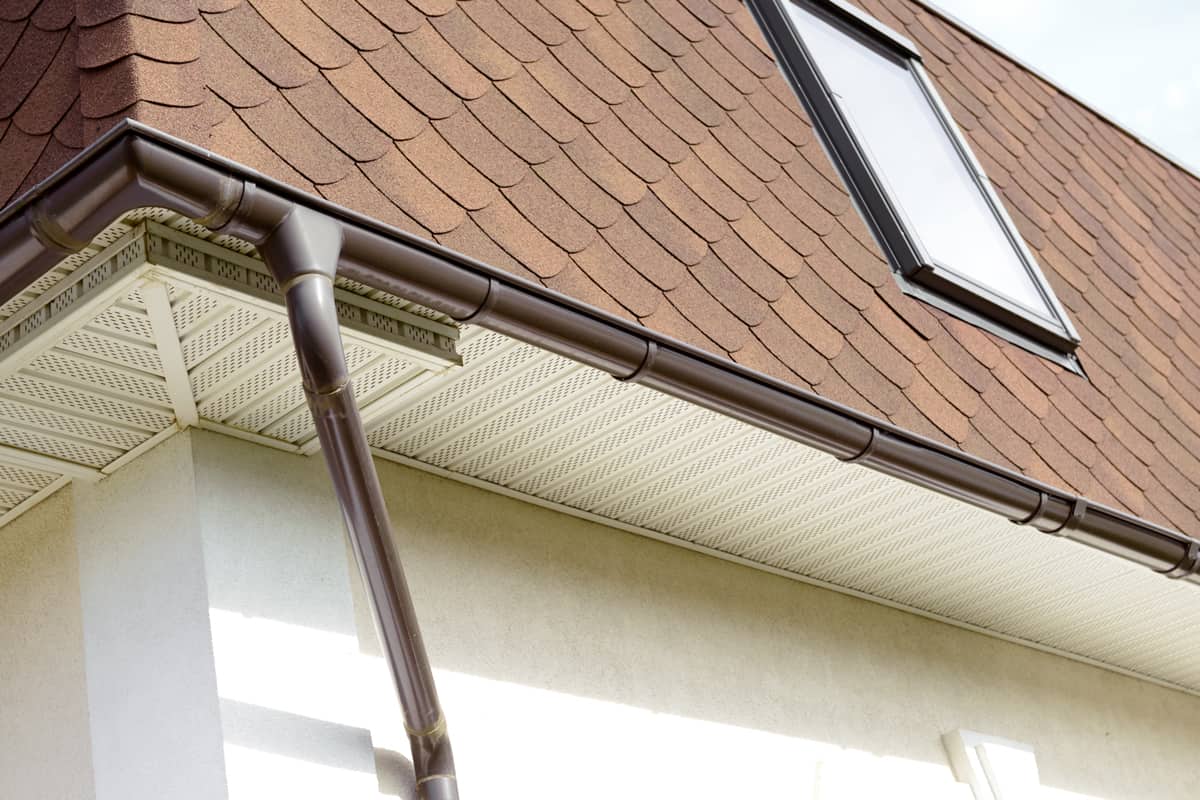
We hope that this post has answered your questions on how to prevent galvanized pipes from rusting. Remember, proper maintenance and leak control can go a long way to prevent rust on these pipes.
Before you go, be sure to check out our other posts:






